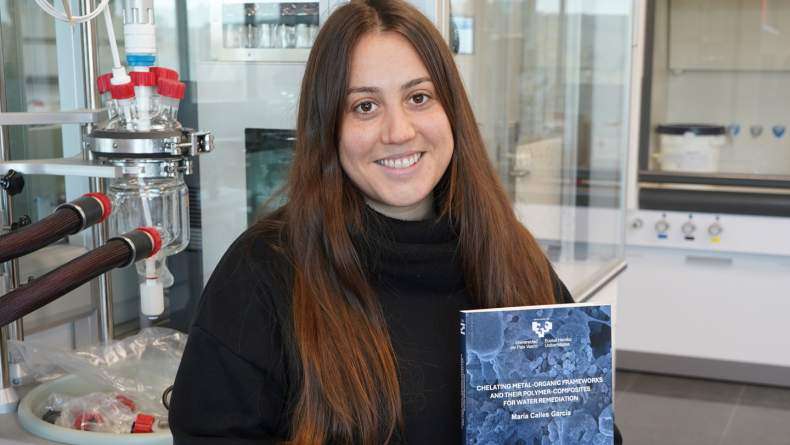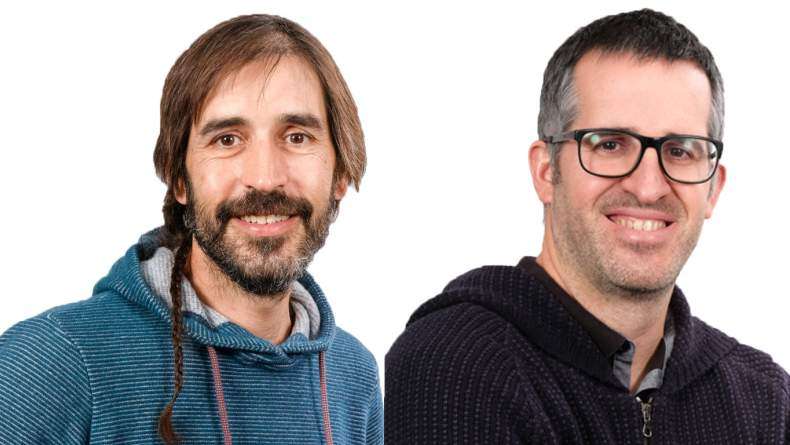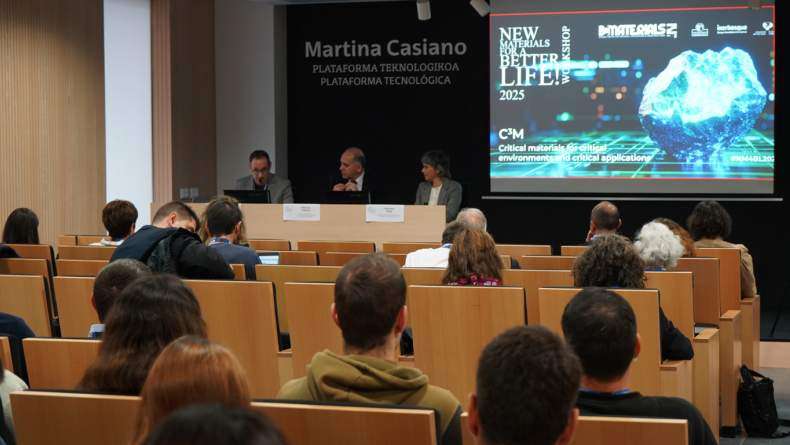BCMaterials Fortnightly Seminar #61: Ikerne Etxebarria & Lourdes Marcano

IKERNE ETXEBARRIA
(BCMATERIALS)
Printing smart materials and devices
Printing technologies are gaining increasing attention in several areas due to the variety of materials that can be printed, the flexibility of creating different kind of objects or patterns and the simple fabrication and/or integration into devices. Further, printing technologies are additive techniques that allow a better use of materials, minimizing waste. Metals, powders, ceramics and polymers can be printed either with 2D or 3D printers. Some of those technologies are based on solvent based materials, that are not usually environmentally friendly, photopolymers (polymers that cure directly with UV light) becoming an increasingly attractive alternative. After an overview on printing technologies and materials for printing technologies, the present talk will focus on inkjet printing, a non direct contact deposition technique where drops are deposited from a certain distance with respect to the substrate. This method allows the design of complex patterns with high resolution customizing the material deposition volume and location, i.e. it provides the droplet-on-demand option (DOD). The material is deposited drop by drop and multilayers can also be printed. An overview on the most relevant parameters and some examples of the works being carried out in both ink-jet printing and screen printing in BCMaterials will be provided focusing both on the materials characteristics and the developed applications.LOURDES MARCANO
(UPV/EHU)
Following the incorporation of cobalt into the magnetosome structure
The high biological control imposed in the synthesis of magnetosomes leads to welldefined properties such as shape, size or magnetic properties, suitable in numerous applications. Moreover, their biological coating protects them from oxidation and eases the functionalization of the surface, an interesting point for biotechnological applications. However, the lack of tunability of species-dependent properties sometimes could be a limitation. In this work, we get focus on the incorporation of new elements, particularly cobalt, into the magnetosome structure aiming to tune the magnetic properties and wider the range of application. In this sense, we have incorporated small amounts of cobalt into the growth medium, following the steps of previous works found in the bibliography [1–3].
In order to prove the incorporation of the new element into the magnetosome structure a complete magnetic and structural characterization was carried out. Magnetic measurements show an increase of the coercive field up to 45% which evidence the presence of the new element. Energy-dispersive X-ray spectroscopy (EDXS) gives quantitative information about the amount of cobalt incorporated which varies between 1-2% of Co per magnetosomes. And finally, by means of X-ray absorption near edge structure spectroscopy (XANES) and X-ray magnetic circular dichroism (XMCD) we have determined the position of the element into the magnetite structure. The obtained results indicate that cobalt is incorporated as Co2+ through the substitution of Fe2+ located in octahedral places.
Related news
María Calles, New Doctor of BCMaterials
We would like to congratulate María Calles García for obtaining her PhDs in Materials Science and Technology from the UPV/EHU. On December 4 made a brilliant defense of her thesis titled ‘Chelating…Invited Talk with Barcelona Microelectronics Institute’s researchers (December 3)
On December 3 at 12:00 PM, in the Martina Casiano Auditorium in Leioa, BCMaterials will host senior researchers Antón Guimerà and Xavier Illa from the Barcelona Microelectronics Institute (IMB-CNM,…Invited Talk by Liu Yao on Lithium-Metal Batteries (December 2)
Next Monday, December 2, Liu Yao, professor at the Shanghai Institute of Applied Physics, will give an invited lecture at BCMaterials entitled ‘Li-Metal Batteries: From Liquid to Solid-State’. The…Success of BCMaterials’ Annual Workshop on Critical Materials
The 2025 edition of BCMaterials’ annual workshop gathered nearly one hundred participants on November 19 in Leioa to review the latest advances and discuss critical materials, their applications, and…



